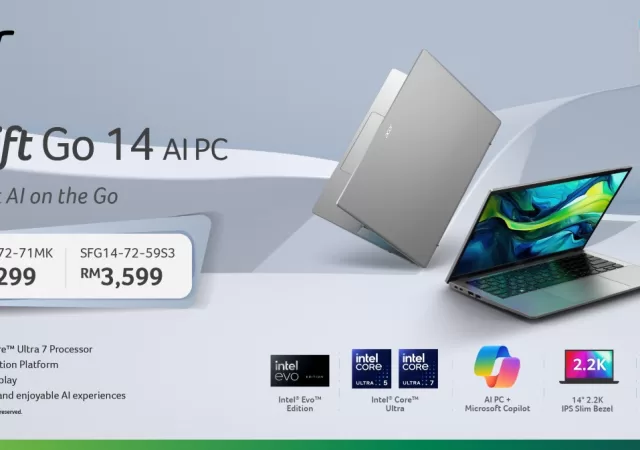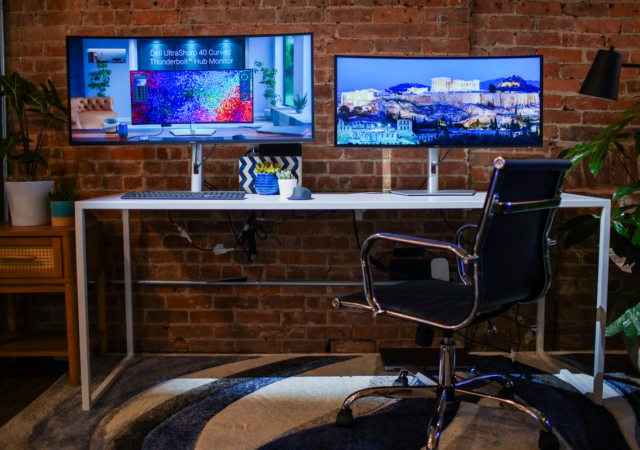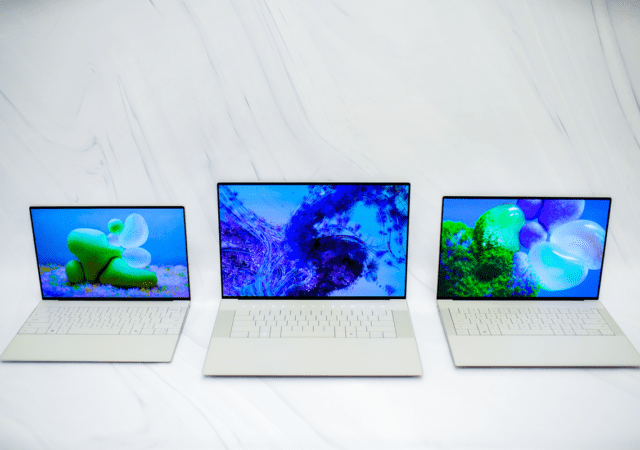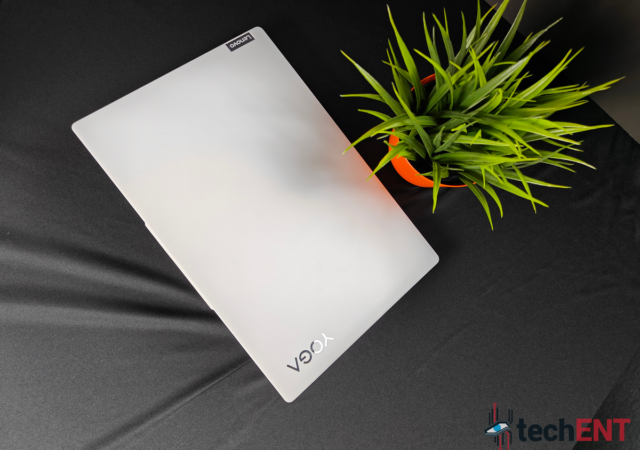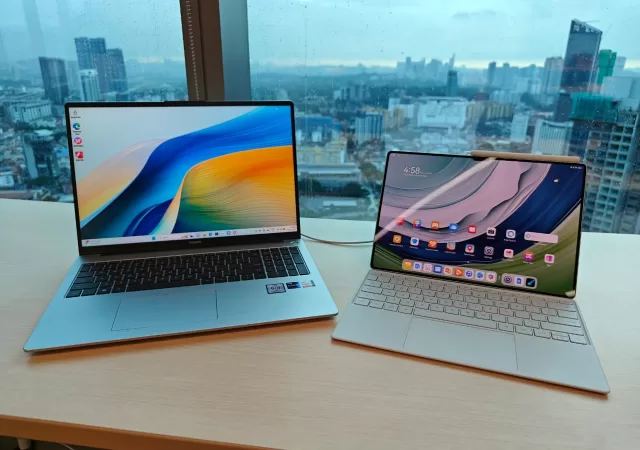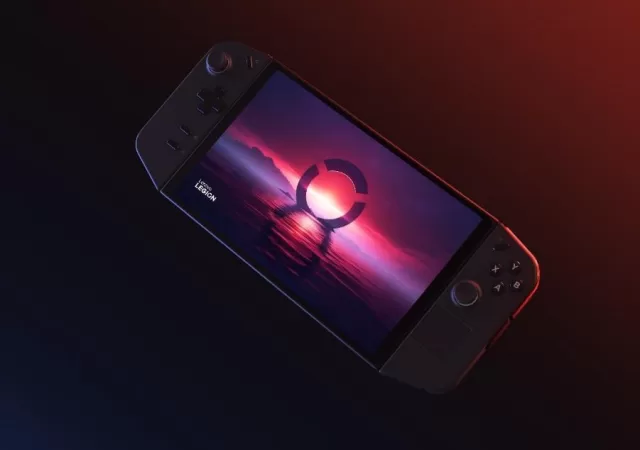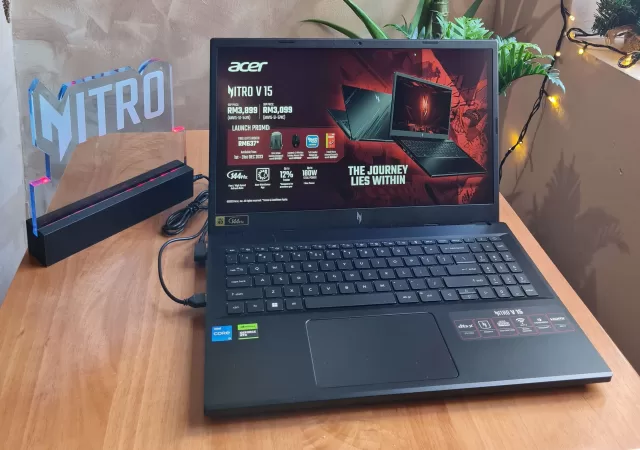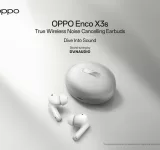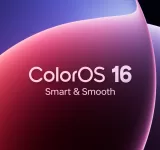Acer’s Swift Series is expanding yet again with a new generation of the ultra-portable Swift Go 14. The latest entry into the Swift series comes equipped with the latest generation of Intel Ultra processors and a bevvy of cutting-edge AI-centric…
Dell Unveils New UltraSharp Monitor Line-Up Ahead of CES 2024
Dell’s monitors have long been one of the most sought-after monitors available. Dell’s most popular is the top-of-the-line Dell UltraSharp Monitors. The lineup is packed with cutting-edge features and features most users are looking for when it comes to productivity.…
Dell’s XPS Line-Up Refreshed with Focus on AI
Dell announces a refreshed XPS line up with better specs, a revamped design and even more performance than before!
Lenovo YOGA Slim 7i Carbon (GEN 8) In-Depth Review: Putting the Light in Thin & Light
techENT takes a deep dive and breaks down the experience and features of the Lenovo Yoga Slim 7i Carbon.
Huawei’s Latest MateBook D 16 & MatePad Pro 13.2 Up for Pre-order Ahead of Official Launch
Huawei is about to launch its latest additions to both its tablet and laptop lineups. The MateBook D 16 and MatePad Pro 13.2 are the latest in a bevy of devices that have made 2023 the start of a potentially…
December Holiday Gift Guide – Lenovo
The season of holiday gifting and sales are upon us! If you have been thinking about spending your hard-earned money on your loved ones (including yourself), here’s the first of many gift guides to look forward to this month. Whether…
Acer Unleashes Power-packed Nitro V 15 Gaming Laptop; Price Starts at RM3,099
Acer Malaysia brings you the Nitro V 15 gaming laptop at a great price. 13th Gen Intel Core i5 processor and NVIDIA GeForce RTX 4050/2050 graphics card, just in time for the holiday season!
New Life: Replacement Doesn’t Have To Be The End
Varinderjit Singh, General Manager of Lenovo Malaysia, discusses the realities of electronic waste and introduces sustainable device repair.
Project Sound Lift, a Leap Forward in AI-Powered Audio Editing
Adobe’s new AI-powered Project Sound Lift will revolutionize audio editing. Isolate voices from background noise, laughter, alarms, speech and more with unmatched accuracy.
Win PC Hardware at ASUS’s Upgrade-A-Palooza Giveaway Contest
ASUS has announced their global giveaway contest, “Upgrade-A-Palooza” to give gamers and PC enthusiasts a chance to win some hardware upgrades for their rigs. If you’ve been looking at upgrading your setup, now’s your chance! The contest is open to…



